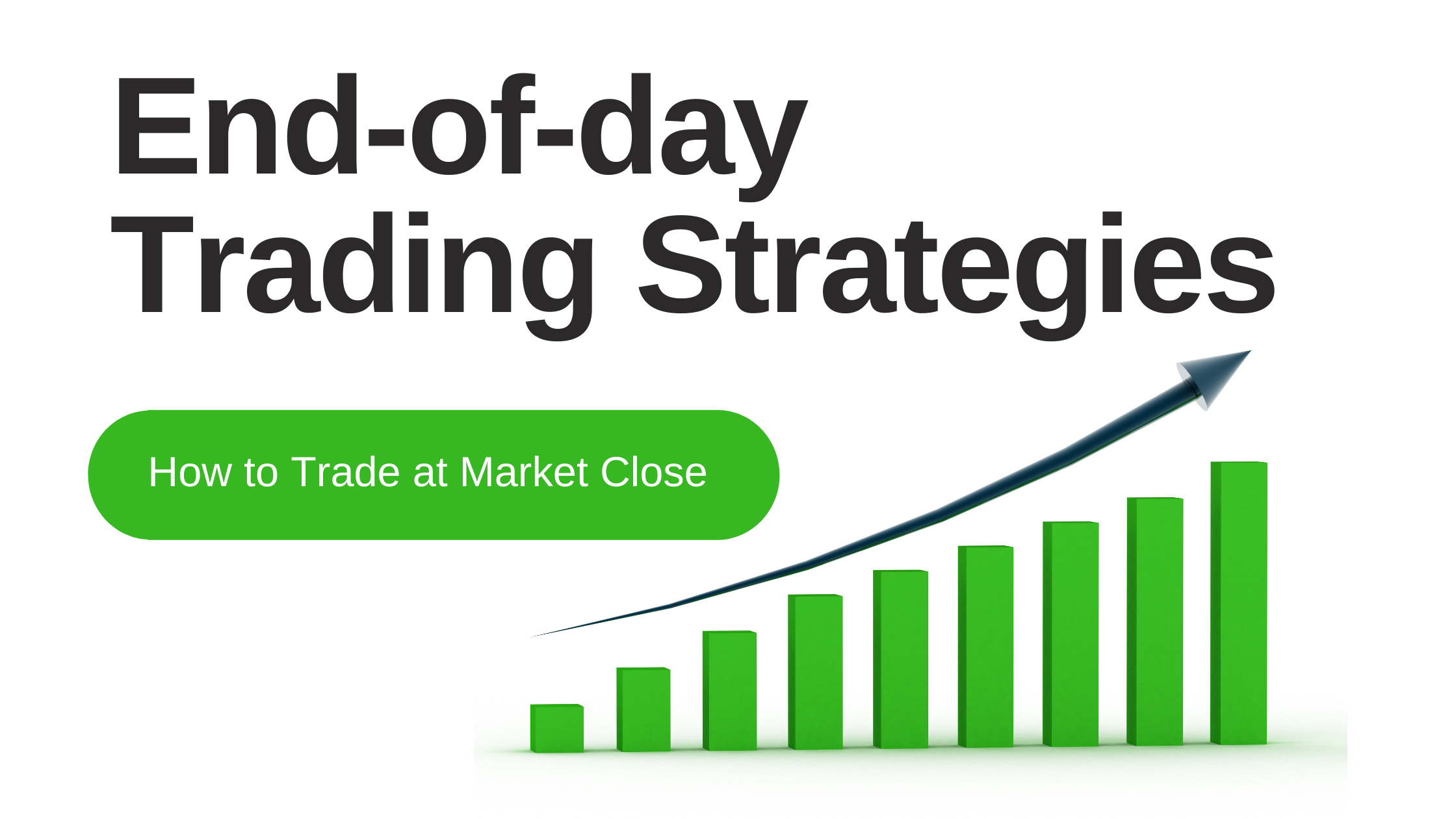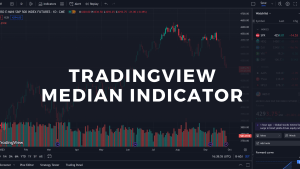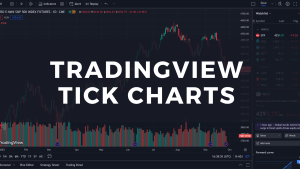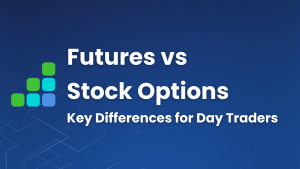This article on End-of-day trading strategies is the opinion of Optimus Futures.
- End of Day trading strategies are simple, easy, and often more practical to execute.
- Developing a strong end of day strategy, however, can be difficult.
- End of day strategies can be used for both day trading and swing trading.
He entered the World Cup Championship of Futures Trading where he turned his $10,000 stake into over $1,100,000 in just one year–an 11,300% return in a live market. His daughter, the famous actress Michelle Williams, also won the same contest ten years later, using a similar, though updated, strategy.
In 1987, did Larry Williams trade every shift in the market, scalping profits along the way? Did microtrends play into his futures trading approach–one that might have kept him glued to his screen, day trading or swing trading the nuances of each micro trend?
None of that applied. And one can argue that this very principle is one major factor that contributed to his success.
Larry Williams traded one instrument–the S&P 500 futures–and placed only one trade a day upon opening bell. He placed a single trade daily based on End-Of-Day (EOD) data. And because of this simplicity, plus an exceedingly aggressive money management strategy called Optimal F, he was able to achive way above average results where he turned a 5-figure to a 7-Figure.
(Disclaimer: The example is for illustration only. These are uniue and excpetional results. You should not expect such returns. There is a substantial risk of los in futures trading. Past perforamnce is not indicative of future results.).
What is End-of-Day Trading?
End of Day trading is the process of deciding on and initiating a trading position based on an assessment of the previous session’s trading activity.
It’s simpler than it sounds: you take a look at the trading activity at the end of the regular market close, and you decide on going long or short the market (or take no position at all) at the market open either the following morning or overnight (if it’s a 24-hour market).
Doing it is easy. The “how to” part is much more difficult, as there are nearly countless strategies you can use to take a position based on EOD data.
How to Trade Futures at Market Close
When Larry Williams traded the S&P 500 futures in the 1987 championship, he used what he described as a “dumb setup.” It wasn’t the actual trading setup that made money, it was his use of a highly risky “Optimal F” money management strategy developed by risk manager Ralph Vince.
We won’t get into the details of his system, but a “setup” can easily be imagined by filling in the simple equation: If X happens, then go long or short, and close position at the end of the day.
Here is one example of a strategy that any trader could have dreamt up (this is not a recommendation but a demonstration).
If the market is trending down at the end of the day:
- Open a short position and place a stop loss above the highest high in the day’s session.
- If there is a blowout day in your favor, don’t initiate a position after the market closes.
- Close the position at the end of tomorrow’s trading day and repeat the process.
Here’s another example of a somewhat “dumb setup” that might or might not have relevance:
- When the market has three up closes, go short the following day and close your position at the end of the day.
- When the market has three consecutive down days, go long the following day.
And here’s another EOD system to use as an example (or something to build on and refine):
- When an instrument is trading above its 50-day simple moving average, go long on tomorrow’s session every time today’s session trades below yesterday’s low.
- Place a stop loss a fractional distance below the trigger session’s low.
- Close your position at the end of tomorrow’s session.
If you’re looking to trade, or even day trade, based on end of day data, hopefully, your trading rules will be a bit more sophisticated and calculated than the ones in the examples above.
There are many ways to develop systems based on end of day data–from news trading to simple trend following (as in a few of the examples above) to candlesticks and much more.
But this is where we’ll stop, allowing you to develop your own coherent trading strategy.
Benefits of Trading End of Day Trading Strategies
1 – EOD Trading Doesn’t Disrupt Your Day
Sitting in front of your computer, eyes glued to your screen is a bit overrated; and that’s assuming you can afford to spend your day scalping the markets. If you’ve got a business to run, then frequent intraday trading adds another layer of risk onto your plate–missing out on a trade and missing out on your business. EOD trading doesn’t get in your way, making your day-to-day activities, along with your trading, much more efficient.
2 – Less Stress
IF (and only if) you’ve developed a system that potentially returns more than it loses, and if you have the capital to let it run, then there’s no need to do anything else other than wait for end of day data to implement the strategy. Having said that, we do not recommedn leaving any orders unsupervised, ragdless of the trading frequency of your strategy. You should alway stay alert watch for any type of connectivity that could be disrupted.
3 – A More Affordable Alternative
The death of a thousand stops, or slippages, or commission fees is something that every day trader has experienced at some time or another. If you’re not careful, these extra costs can even exceed your trading profits, especially during a slow or low-return day.
4 – Allows You to Capture the Bigger Move
There’s nothing worse than ending the day with a small profit or loss when, at the end of the day, the market had made a colossal move in only one direction, up or down. How’d you miss it? Your frequency-based trading tactics prevented you from capturing a move that could have made a huge difference in your trading account. Perhaps, if you had held one position based on an accurate EOD reading–assuming that nothing in the markets disrupted your directional bias–you might have caught the entire swing. Trading frequency often fails to catch these monodirectional intraday moves. EOD trading is designed to catch them.
Risks of Trading End of Day Trading Strategies
1 – Exposure to Negative Overnight Developments
Let’s suppose your market of choice is sensitive to certain foreign market developments and the market moves against you overnight, stopping you out of your position, only to correct itself back in your favor. If you open your positions the same day it closes–something you can do if your futures instrument trades on a 24-hour basis–then you’re exposing yourself to overnight risk.
2- Missing Overnight Developments
Let’s suppose you trade one of the US stock index funds, and you open your positions in the morning when their underlying opens in the stock market. What if the big move you were anticipating in the futures market already happened overnight? That’s the risk of not exposing yourself to overnight moves.
3 – Earnings Releases Post Market or Federal Reserve Speeches Post Market
During earnings season, some companies report earnings after market close. If you trade a stock index futures instrument, you’re exposing your capital to risk if an earnings report post-market goes against you (depending on the direction you take in the market).
Meanwhile, Federal Reserve members often give speeches in foreign countries, the timing of which may not coincide well with the US (think after midnight in the US). Should any of the messages conveyed by the central bank shake the market, you’re likely to miss it, which can be good (if it’s in your favor) or tremendously bad (if it’s not).
4 – Weekend Gaps
One of the worst things that can happen to you is to hold an instrument into the weekend only to see it gap against you in a manner that puts you in a debit situation. -depending on how much capital you have in your account–when it happens, you’ll have more than just regret…you may end up in debt.
The Bottom Line
Trading EOD is simple and much easier to execute. The hard part, however, is in strategy development, capital requirements and very large drawdowns–not only your entry and exit setups, but the money management system you use to optimize it. There are hundreds of ways to develop an EOD futures trading strategy. It is just a matter of using your skill first and testing it with sound calculation.
Want to test your own trading strategy with the capacity to rewind and fast forward? Optimus Flow’s Market Replay is a “history player” that allows you to test nearly any trading instrument of choice. Want to “re-trade” yesterday’s ES market, or this morning’s CL prices, or any other market that may provide insight toward your trading thesis? That is what the Market Replay was designed to help you accomplish. Learn more here or request a Free Trial below.
Trading futures and options involves substantial risk of loss and are not suitable for all investors. Past performance is not necessarily indicative of future results. The risk of loss in trading commodity interests can be substantial. You should therefore carefully consider whether such trading is suitable for you in light of your financial condition. The placement of contingent orders by you or broker, or trading advisor, such as a “stop-loss” or “stop-limit” order, will not necessarily limit your losses to the intended amounts, since market conditions may make it impossible to execute such orders.



















